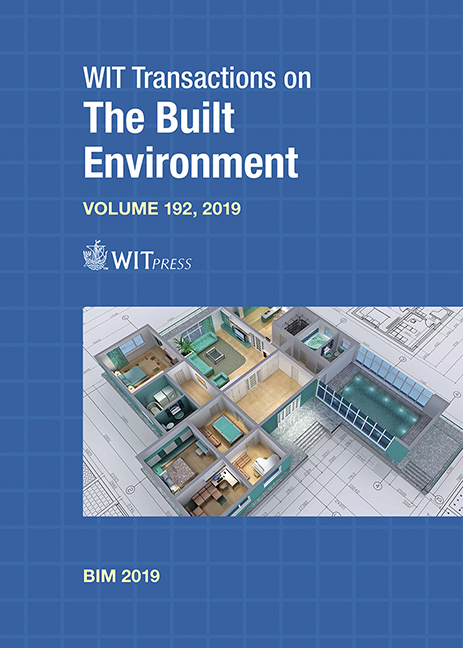INTEGRATED FACTORY MODELLING: USING BIM TO DISRUPT THE INTERFACE BETWEEN MANUFACTURING AND CONSTRUCTION IN FACTORY PLANNING
Price
Free (open access)
Transaction
Volume
192
Pages
13
Page Range
143 - 155
Published
2019
Paper DOI
10.2495/BIM190131
Copyright
WIT Press
Author(s)
PETER BURGGRÄF, MATTHIAS DANNAPFEL, DENNIS SCHNEIDERMANN, MATTHIAS EBADE ESFAHANI, NORA SCHWAMBORN
Abstract
The interface between construction and production is an area of research with rising importance given its increasing demand for efficiency gains in factory planning and construction planning processes. In fact, nowadays, it is usual for production and surrounding buildings to be planned separately as independent entities. According to the Laboratory for Machine Tools and Production Engineering of RWTH Aachen University, it is against this background that recent factory planning projects have reported cost increases and time delays due to non-transparent information between different planners. Building Information Modelling (BIM) addresses precisely this problem. However, BIM is barely used in projects for production planning of factories. This is critical since factory planning has to deal with more complex planning parameters (due to the technical building equipment) compared to private housing construction or public building construction, where BIM is already being applied increasingly. In order to close this gap, it is first of all important to create transparency within the individual information interfaces between production planning and building planning. This article addresses this issue and identifies major obstacles in interdisciplinary cooperation between building planners and production planners. For this purpose, an interdisciplinary and partially standardised study has been carried out using questionnaires and partly-open expert interviews. The results show scarce implementation in factory planning projects due to (1) missing maturity level specifications and (2) missing data management standards. Both theoretical and practical implications of this study as well as limitations and future directions for research are discussed.
Keywords
BIM, factory planning, integrated factory modelling, MEP, integrated planning, production planning





